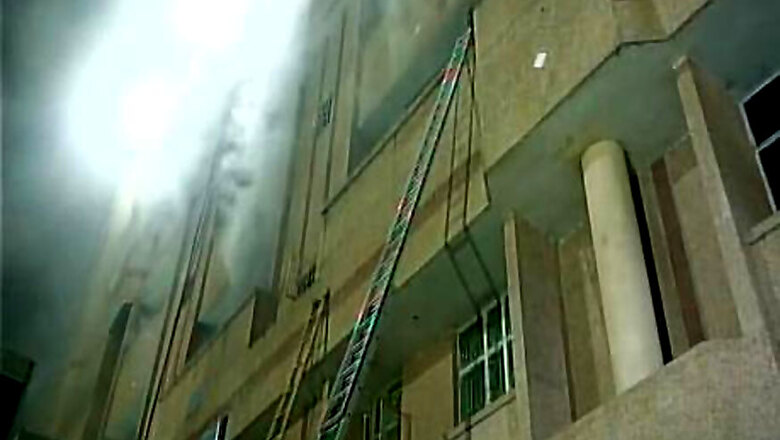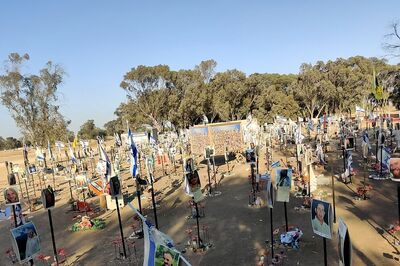
views
A safe hospital is one that “will not collapse in disasters, killing patients and staff”. This is written at the beginning of India’s national guidelines for hospital safety. To be safe, hospitals need to be designed for every eventuality. However, after yet another deadly hospital fire, on Saturday evening at the King George Medical University, Lucknow, where at least 11 patients died during or after evacuation, it is clear that India’s hospitals are not safe, nor are they designed to be.
“There is a missing understanding of safety at the national and the state level when these policies are planned,” said Dr R K Dave, former senior specialist on policy and plans, National Disaster Management Authority. “And nothing much has changed since the previous hospital fire”, he added, referring to the tragedy at the upscale private hospital SUM, Bhubaneswar in October 2016, that claimed 20 lives.
“The loads in city hospitals are increasing due to rapid urbanisation,” Dave explained, “and urban hospitals are no longer as resilient as they were five years ago.”
Most fire causes seem hopelessly repetitive, such as a suspected short circuit at KGMU and at SUM.
“The electricity load on the day of commissioning a hospital almost doubles from the load estimated when the facility was designed,” said Dave. From his experience, this load goes up nearly 25 per cent annually. No hospital or authority ever estimates correctly, at the time of licensing, the number of patients it will get, how many machines it will have to install, and the required safety checks. The situation is worse in government hospitals where the sheer number of people overwhelm the resources “every minute, every single day.”
At the heart of it lies poor hospital design and lack of policy implementation.
For Dave, more than individual hospitals the entire system is to be blamed, which often fails to think of “resilience in institutional mechanisms” and all the ways in which disaster can happen. “Hospital managements cannot integrate piecemeal guidelines given to them,” he said, adding, “it’s not just about preventing fire through most common ways, but making machines, laboratories, X-ray rooms and different wards where patients are incapacitated safer.” Documents can be written and guidelines can be planned out, but, said Dave, the national level bodies do not offer the knowledge, ability and skill (KAS) to state and district level bodies to implement them.
Despite a list of safety instructions in the guidelines brought out by NDMA in February 2016, fires break out in private and government hospitals alike in laboratories and wards, multiple times through short circuits or malfunctioning air conditioners. There was the December 2011 AMRI hospital fire in Kolkata, which killed 90 people, the August 2016 Murshidabad Medical College fire, in Kolkata again, where two people died in the ensuing stampede, the June 2016 double fire in Madhya Pradesh’s Tikamgarh district hospital in the newborn care unit, putting 40 newborns at risk and one in Lady Hardinge Medical College, New Delhi, in April 2016.
“At any given time, hospital gadgets consume five to ten times of the allowed electricity usage,” said Dave. Often these don’t function together, so no one assumes there is a problem. On the occasion they come online all at once, there is a short circuit.
One step to rectify daily flouting of guidelines is to make hospital authorities responsible for regular inspections, and outsource them to third parties with adequate knowledge, suggested Dave. “Government inspectors will check for equipment such as fire extinguishers but not see that it’s hanging too high for anyone to reach, we have simulated disaster training but the results won’t be evaluated,” said Dave, giving examples. “People often don’t understand the damage something that isn’t functioning properly can cause. That’s our biggest bottleneck.” At the moment, the NDMA guidelines don’t even look at power consumption as compared to the allowed load. This is why, he said, experts at the national level not only had to imagine every possibility of a disaster but also provide facilities with the know how to prevent it.



















Comments
0 comment